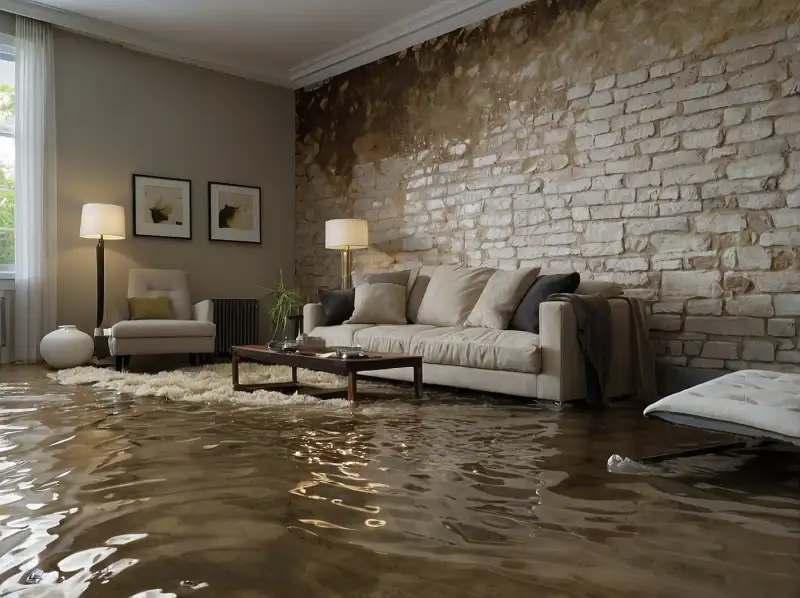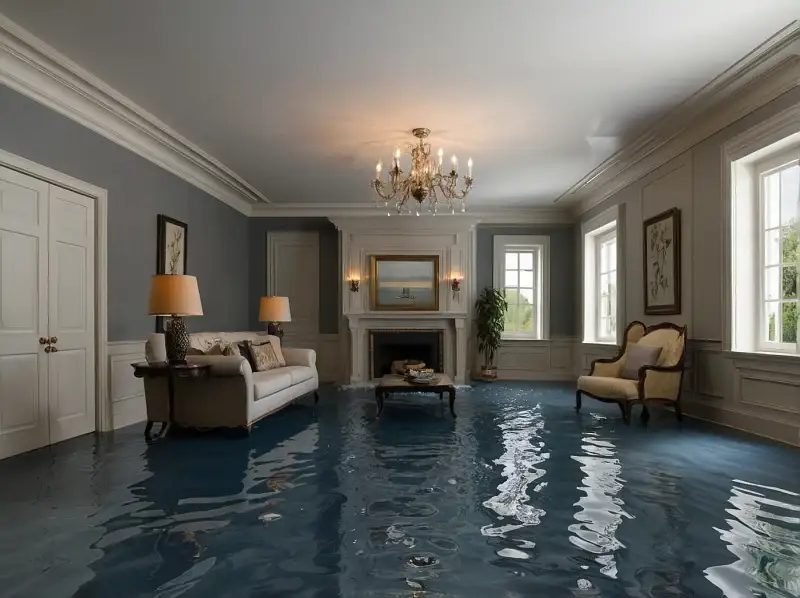
28
Aug
Understanding Black Mold vs. Mildew: A Westwood Guide
Understanding the Differences: Black Mold vs. Mildew in Westwood
As a homeowner in Westwood, you might find yourself confronting the unpleasant realities of moisture-related issues in your property. Two of the most common culprits are black mold and mildew. While they may seem similar at first glance, understanding the differences is crucial for effective management and restoration. So, what distinguishes black mold from mildew, and why is this distinction important?
What is Black Mold?
Black mold, scientifically known as Stachybotrys chartarum, is a type of fungus that thrives in damp, humid environments. It appears as black or dark green patches and can release mycotoxins that can lead to health problems for you and your family. Black mold is often found in areas affected by water damage, such as:
- Basements
- Bathrooms
- Near leaky roofs
- Behind walls and in crawl spaces
For Westwood residents, recognizing the signs of black mold early can help prevent serious health risks and extensive property damage. If you suspect black mold, it’s critical to contact our restoration experts for a thorough inspection and remediation.
What is Mildew?
Mildew is a term often used to describe certain types of mold that have a powdery appearance. It typically appears white or gray and thrives in warm, damp environments. Unlike black mold, mildew is less invasive and generally easier to clean. Common locations for mildew growth include:
- Shower curtains
- Window sills
- Houseplants
- Bathroom tiles
While mildew is not as hazardous as black mold, it can still cause respiratory issues and allergic reactions. If you notice mildew growth in your Westwood home, it’s wise to take action quickly to prevent it from developing into a more serious mold problem. Regular cleaning and maintenance can help keep mildew at bay.
Key Differences Between Black Mold and Mildew
Understanding the distinctions between black mold and mildew can empower you as a homeowner. Here are some key differences:
| Feature | Black Mold | Mildew |
|---|---|---|
| Color | Dark green or black | White, gray, or yellow |
| Texture | Slimy or wet | Powdery or fluffy |
| Health Risks | Serious respiratory issues | Minor respiratory irritations |
| Location | Often hidden (walls, ceilings) | Visible on surfaces (tiles, fabrics) |
Prevention and Remediation Strategies in Westwood
Keeping your Westwood home free from both black mold and mildew involves proactive measures. Here are some effective strategies:
- Control Humidity: Use dehumidifiers in damp areas like basements and bathrooms. Aim to keep humidity levels below 50%.
- Fix Leaks: Regularly inspect your property for leaks in roofs, pipes, and windows. Address any issues immediately to prevent moisture accumulation.
- Improve Ventilation: Ensure proper airflow in your home. Use exhaust fans in kitchens and bathrooms, and open windows when weather permits.
- Regular Cleaning: Clean surfaces regularly with mold-killing solutions. This can help prevent the growth of mildew and keep mold at bay.
If you encounter significant mold issues, it’s vital to contact our restoration experts. Our team is experienced in mold remediation and can help you restore your home safely and effectively.
When to Seek Professional Help
If you suspect that black mold is present in your home or if you have a persistent mildew problem that you cannot manage, it’s time to reach out for professional assistance. Our restoration team serves Westwood and the surrounding areas, including neighboring communities like Brookline and Newton. We can provide a comprehensive assessment and customized remediation plan.
Conclusion
Understanding the differences between black mold and mildew is essential for protecting your Westwood home. Taking proactive steps to prevent mold growth and addressing issues promptly can save you time, money, and health concerns. If you need help with mold issues, don’t hesitate to contact our restoration experts today for swift and effective solutions. Together, we can ensure your home remains a safe and healthy environment.



